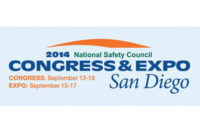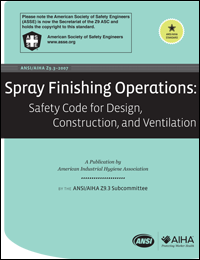 A recent survey of construction and safety professionals highlights the need to include safety management in the earliest phases of construction contracts, according to the authors of an article in this month’s Professional Safety, the journal of the American Society of Safety Engineers (ASSE).
A recent survey of construction and safety professionals highlights the need to include safety management in the earliest phases of construction contracts, according to the authors of an article in this month’s Professional Safety, the journal of the American Society of Safety Engineers (ASSE).
The survey was aimed at identifying the most common contract issues related to safety management and the frequency and severity of contract issues relative to worker safety on construction sites.
After the fact
“Often times safety professionals spend all of their time and energy on construction safety after the fact,” explained Brian Clarke, CSP, co-author of Contract Issues and Construction Safety Management, a peer-reviewed feature. “If safety professionals can get involved in contract discussions up front, they can engineer out the safety problem before the project starts.”
Clarke and article co-authors Sathy Rajendran, Ph.D., M.S., CSP, LEED AP, CRIS and Michael Whelan, Ph.D., reveal that the survey of construction safety professionals and project managers located in the Pacific Northwest, showed that 4.8% of company contract disputes could be attributed to safety management issues.
Too many ambiguities
When a construction contract has too many ambiguities, its language can be subject to interpretation of what the parties agreed to during early negotiations. The most common contract aspects of contract disputes are cost, quality, schedule and safety.
Safety professionals employ several strategies recommended in the article to help eliminate contract issues. These include:
- compiling a checklist of safety issues to help contract managers and safety professionals remember to include appropriate items in the final contract
- becoming involved with a client’s marketing department early in the process to avoid commitment of unrealistic or unnecessary safety resource levels in attempt to win a project
- having the owner clearly communicate safety expectations for the project for proper resource allocation, and
- active participation in the request for proposal (RFP) process as well as all pre-bid, pre-award, contract mobilization and craft orientation meetings.
“Bring on the safety professional early so we can go through the documents,” Clarke added. “If a safety professional communicates clearly and honestly from the very beginning of a project’s contract phase, the safety concerns will go down significantly.”



